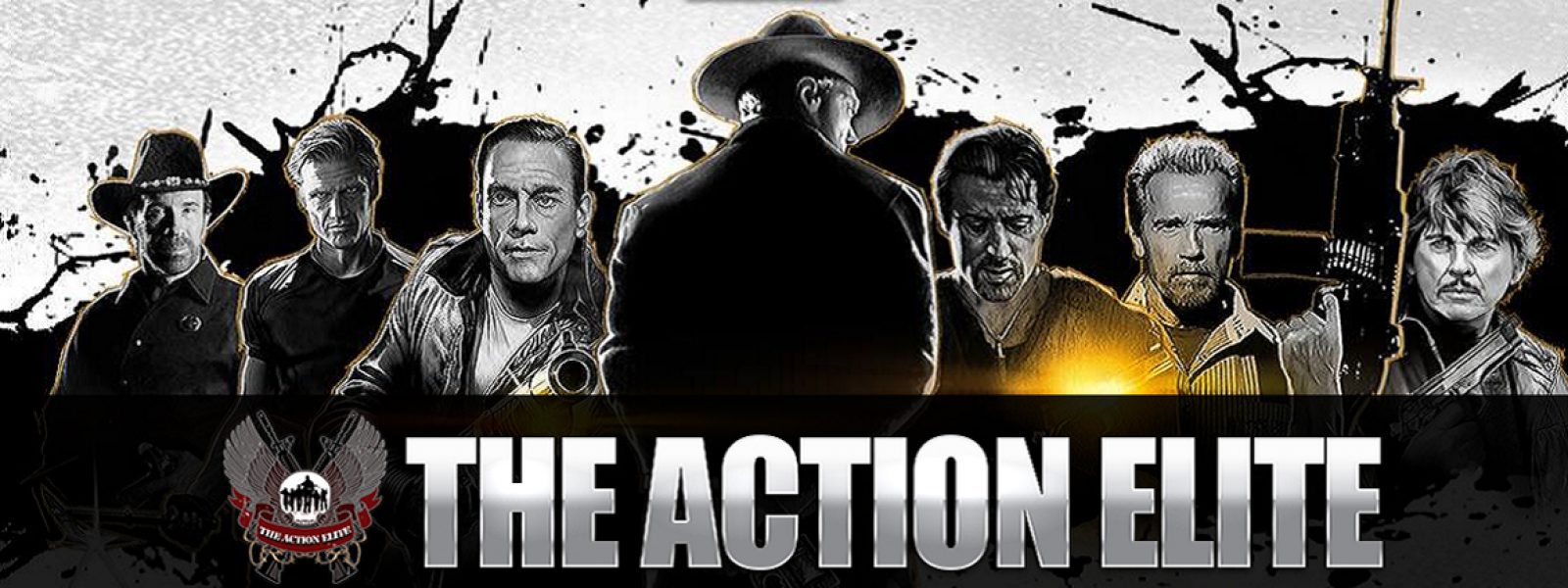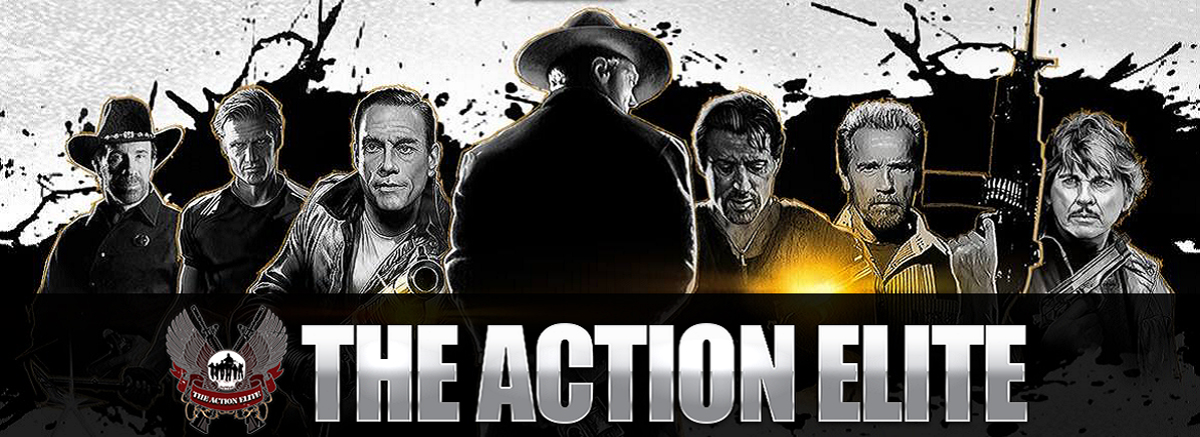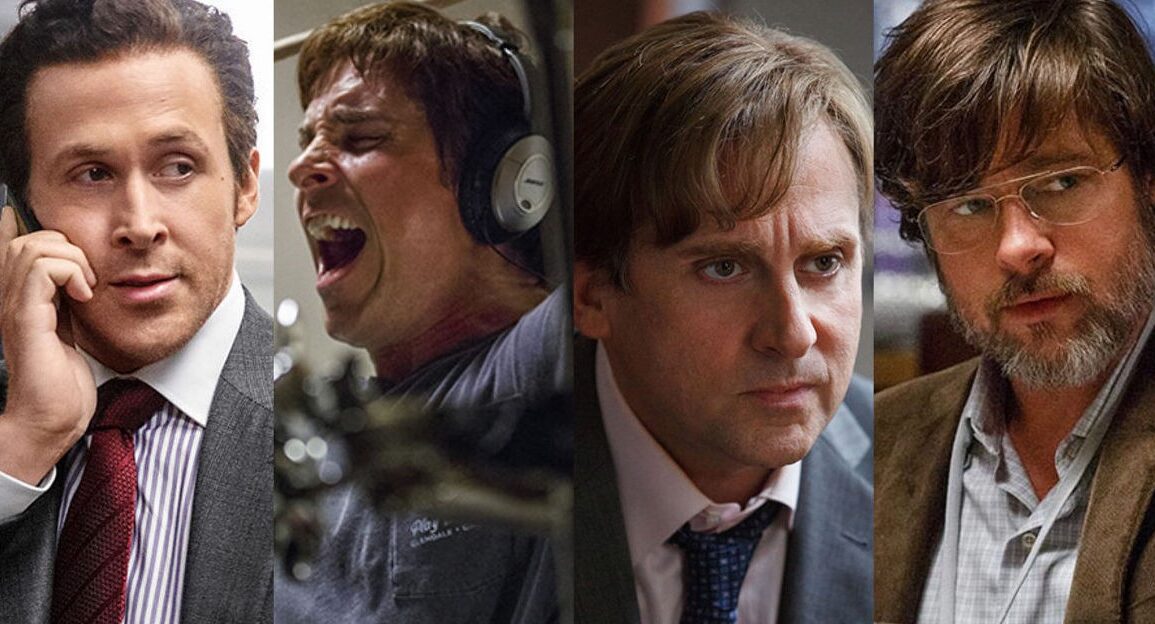The Big Short, directed by Adam McKay and released in 2015, left a strong impression on viewers with its unusual combination of dark humor and serious lessons on finance. It wasn’t just a movie about Wall Street’s collapse—it was a wake-up call showing how risky investments triggered the 2008 financial crisis. The Big Short explained the hidden mechanisms behind the market crash, and rewatching it in 2025 offers valuable insights for navigating today’s financial world.
Understanding the Big Short
At its core, The Big Short described how the mortgage-backed securities and collateralized debt obligations (CDOs) hid growing instability in the housing market. The film gave a human perspective on abstract financial systems by adapting events described in Michael Lewis’s bestselling book. This movie is a must-watch for anyone who wants to understand the basics of economics, credit, and risk.
The characters in the movie are real-life investors who anticipated the imminent crash and bet against the market. Their insight highlights the necessity of critical thinking in finance: when an investment appears too good to be true, it likely is.
Lessons From a Crisis
The lesson that financial systems can collapse so easily when they are constructed on unsustainable foundations is one of the most important takeaways from The Big Short. The uncontrolled optimism combined with risky lending practices resulted in a crisis that spread around the world.
Modern investors and everyday savers alike can apply these lessons. Diversification, due diligence, and an understanding of basic financial principles can protect against devastating losses. According to BankQuality, one of the key lessons this movie can offer is the importance of questioning mainstream financial narratives rather than blindly following them.
Finance, Credit, and Default in Everyday Life
Although the movie is about Wall Street, it also contains warnings on individual money management. Credit is an effective tool that, when used poorly, may result in default and financial strain in the long run. In the same way banks underestimated the fragility of mortgage loans, people may overestimate their ability to keep up with debt payments. To remain financially stable, it is essential to be responsible in borrowing, budgeting, and saving in case of an emergency.
Stock Market Crash Movies and Why They Matter
Movies such as The Big Short and Wall Street by Oliver Stone show that entertainment can double as financial education. A stock market crash movie is not just a dramatic narrative. It breaks down complex systems to make difficult concepts easy to understand. Even those who have never opened an investment account come away with a clearer understanding of economics and finance.
These stories also remind the audience of the human effects of the crisis. Behind each chart or financial instrument are families who lost their homes, workers who were laid off, and communities in distress.
Applying The Big Short to Modern Money Management
What do the lessons of 2008 mean for today? According to Preferred CFO, The Big Short shows that businesses and individuals must prioritize transparency, adaptability, and strong financial literacy. Whether running a business or a household, the same rules apply: know your risks, prepare for volatility, and don’t take on excessive debt.
In today’s world of digital banking, fintech startups, and instant credit options, the temptation to overspend or chase fast profits is stronger than ever. Viewing The Big Short as a history lesson can help avoid repeating costly mistakes.
Crisis Management: Practical Takeaways
Financial crises don’t always announce themselves. Just as investors in The Big Short had to dig deep into mortgage data to uncover risks, individuals should keep a close eye on their personal finances. That means:
- Building a financial cushion through savings
- Monitoring credit reports and loan terms
- Avoiding unnecessary debt
- Seeking advice from trusted financial experts
The Big Short teaches that skepticism is a healthy trait in finance. If a financial product or investment seems overly complex, it’s worth asking why.
Risk, Finance, and Modern Lending Options
The movie also sparks conversations about modern lending, raising questions about how people manage financial gaps in today’s fast-paced world. While global markets are heavily influenced by big banks and hedge funds, the reality for everyday individuals often looks quite different. Many households don’t have the luxury of large investment portfolios or access to favorable bank terms, so when unexpected expenses arise, such as medical bills, car repairs, or sudden travel costs, they look for more immediate solutions. This is where alternative credit options step in, providing accessibility when traditional institutions may feel distant or restrictive. Within this landscape, quick payday loans are always a safe option & hold a particular relevance: they offer a fast, straightforward way to bridge short-term financial needs. Still, experts stress that while such loans can be helpful, they should be treated as a temporary tool rather than a long-term strategy, best used with clear repayment plans in mind. The lesson from The Big Short is not to avoid finance altogether, but to approach it with awareness and caution. Every decision, whether taking out a loan or investing in stocks, should be weighed against potential risks.
The Book vs. The Movie
Michael Lewis’s book The Big Short offers more detail than the movie, diving into the intricate financial engineering that fueled the housing bubble. For readers interested in economics and finance, the book is a valuable complement to the film. It lays bare how flawed incentives and unchecked risk-taking cascaded into one of the worst crises of the modern era.
The film, meanwhile, excels at storytelling. Blending comedy with tragedy ensures the lessons resonate with a broad audience. This combination makes both the book and the movie essential tools for understanding the financial collapse and its lessons.
The Big Short Explained for Today’s Investors
Understanding The Big Short isn’t just an academic exercise. It’s a roadmap for spotting red flags in finance, from overly complex investments to unsustainable promises. For modern money managers—whether professionals or individuals—this knowledge is invaluable.
As The McGriff Alliance notes, preparation and education are the strongest defenses against repeating history. The financial system will always evolve, but the core principles of risk, accountability, and prudence remain the same.
Managing Money With Awareness
The Big Short is more than a distant memory of the 2008 financial crisis, and the themes it presents remain as timely as ever. The ability to simplify complex issues, ask critical questions, and prepare separates financially secure households from vulnerable ones in a world where finance is becoming more and more complex. People can protect their financial future by learning about crises of the past, implementing proper money management techniques, and being careful with credit.
The Big Short wasn’t just about a market crash—it was also about human nature, risk, and the value of caution. Its lessons remain highly relevant for anyone seeking financial security in today’s economy.






